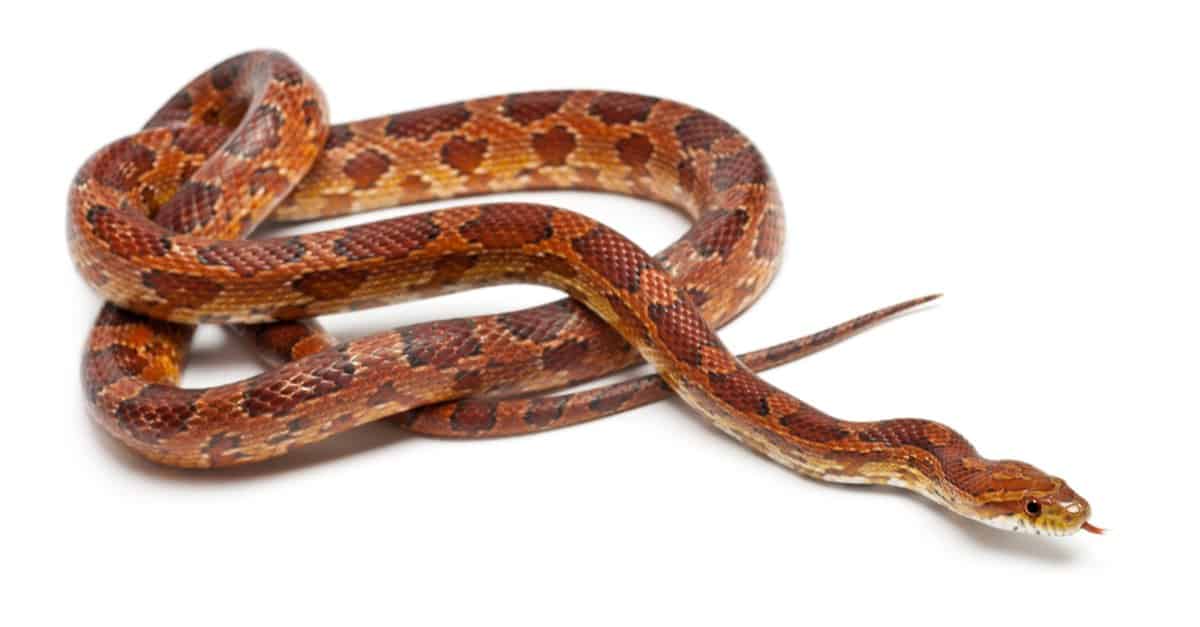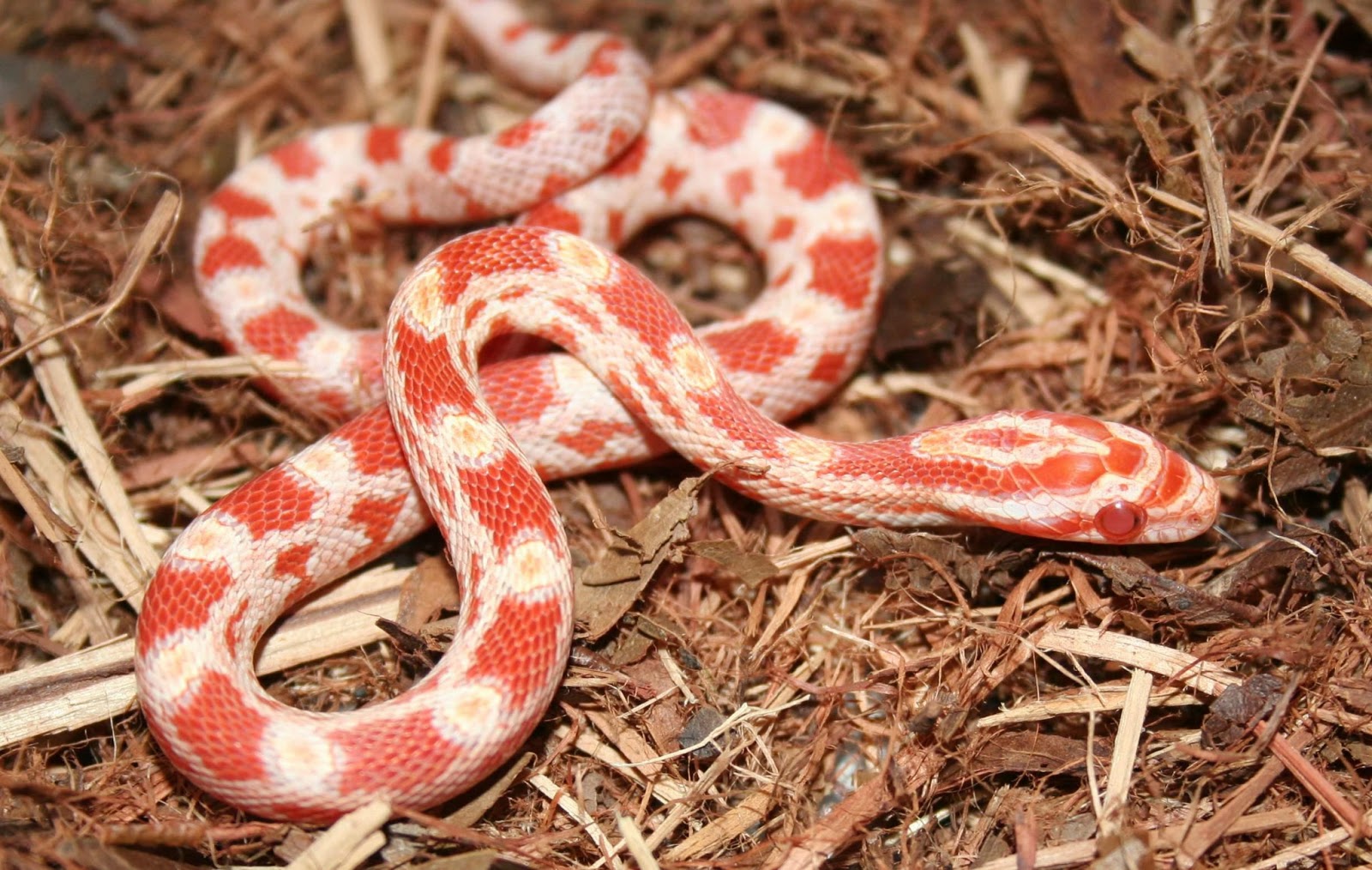Recommendation Tips About How To Look After A Corn Snake

Corn snakes kept as pets rather than part of a breeding colony tend to enjoy longer and happier lives.
How to look after a corn snake. Ticks are far less common than mites on corn snakes, and they are easier to spot as they are bigger and flatter than mites. Learn how to keep a corn snake as a pet and look after it. Lethargy, jerky movements and loss of appetite are all symptoms of a stressed snake.
The oldest recorded corn snake in captivity lived an impressive 32 years & 3 months. Corn snake morphs are the exquisite outcome of expert genetic breeding. Corn snakes should ideally be kept in vivariums on their own as this gives you the best way to give corn snake care by allowing you to monitor their behaviour, feeding and environment.
You should see whether your corn snake seems interested in food after 5 days have elapsed by dangling a pinkie in front of it. You may not need a 20 gallon (75.7 l) enclosure for a hatchling, but eventually you will. How to care for a corn snake.
If the dish is too light your active corn snake might tip it over. If the snake is interested, give it the food. There are a few things to keep in mind when looking for a healthy corn snake.
Biology corn snakes occupy a large range of habitats in the wild but they are named for their tendency to be found in and near corn barns, feeding on rodents, though they also take birds, other reptiles and amphibians. The best places to spot them are in the scales around the eyes, under the chin or they may even appear on your hands after handling. Your corn snake should have a heavy, shallow water dish.
A snake “in the blue” will appear to have bluish, cloudy eyes, which means it may be extra defensive because it can’t see well. Corn snake adults can get to be as big as 5 feet (1.4m) long. Corn snakes can become used to regular handling.
Ticks are also something you should be checking for. Make sure prey is thoroughly defrosted and the width is no greater than 1.5 times the widest part of the snake's body. Corn snakes are mainly terrestrial (live on the ground) and often hide in rodent burrows and under logs but can also climb well.
The bowl should be big enough that the corn snake can soak its entire body. Feed them rodents and give them access to clean water. Corn snakes will soak while in shed or for.
Our rspca expert has advice on looking after a corn snake. However, they can live well beyond 20 years with proper care in captivity. If your snake is in shed, hold off on corn snake handling.
We’ll explain some of the things that make corn snakes so well suited for captivity and the things you’ll need to do to take care of your very own snake below in our corn snake care guide. Corn snakes do not need large enclosures to be happy and healthy in captivity, and large open spaces can, in fact, be stressful for them. Therefor, it is important you only keep one snake per enclosure.



![11 Amazing Corn Snake Morphs Facts [With Picture]](https://smartclass4kids.com/wp-content/uploads/2020/11/corn_snake_1-2.jpg)














